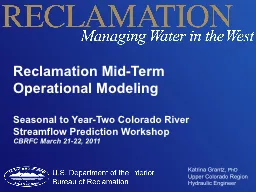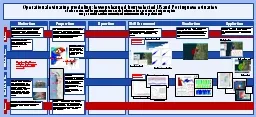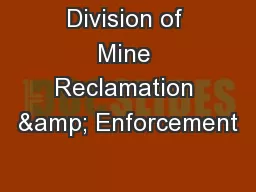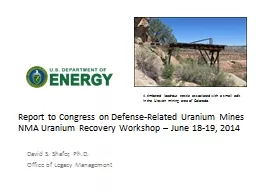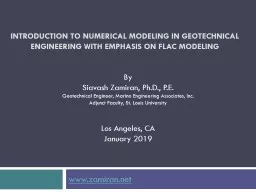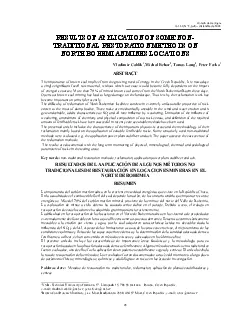PPT-Reclamation Mid-Term Operational Modeling
Author : myesha-ticknor | Published Date : 2016-05-13
Seasonal to YearTwo Colorado River Streamflow Prediction Workshop CBRFC March 2122 2011 Katrina Grantz PhD Upper Colorado Region Hydraulic Engineer Reclamation
Presentation Embed Code
Download Presentation
Download Presentation The PPT/PDF document "Reclamation Mid-Term Operational Modelin..." is the property of its rightful owner. Permission is granted to download and print the materials on this website for personal, non-commercial use only, and to display it on your personal computer provided you do not modify the materials and that you retain all copyright notices contained in the materials. By downloading content from our website, you accept the terms of this agreement.
Reclamation Mid-Term Operational Modeling: Transcript
Download Rules Of Document
"Reclamation Mid-Term Operational Modeling"The content belongs to its owner. You may download and print it for personal use, without modification, and keep all copyright notices. By downloading, you agree to these terms.
Related Documents

